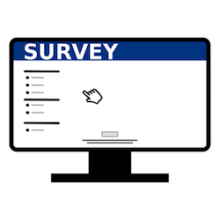Online Survey Tool Helps Communities Assess Broadband Quality
How good is Internet service in your community?
The question may seem simple, but the answer isn’t always straight forward, according to a recent blog post from Blandin on Broadband. There is more to consider than just availability or speed. “A multitude of factors come into play.”
Now, a Twin Cities-based consultant who has worked extensively with the Blandin Foundation has created an online Community Broadband Assessment tool designed to help cities and towns determine how their Internet service compares to other communities. The Community Broadband Infrastructure and Services Assessment Tool can be found at the Minnesota Broadband Coalition website.
Coleman Crafts Assessment Tool
Bill Coleman, told us he recently came up with the idea for the survey after talking with several people from outstate counties and towns and rural advocacy groups. “There is a surprising lack of information about broadband quality” in Minnesota, said Coleman, whose consulting firm assists clients develop and implement programs of broadband infrastructure investment and technology promotion and training. “We are trying to coordinate the rural voice around broadband.”
The Broadband Coalition noted that Coleman’s assessment tool:
“[W]ill help local leaders investigate, consider, understand and discuss the state of the community’s broadband infrastructure and services. This tool incorporates measures of broadband speed, ubiquity, competition, redundancy and partnership. In many areas, community broadband consideration has moved beyond the city limits to the community’s market area or to individual townships, the entire county or tribal reservation. This tool allows analysis at any geography, recognizing that larger geographies are likely to have wide variations in broadband availability. “
Comparing Communities on Broadband
According to the Blandin blog:



